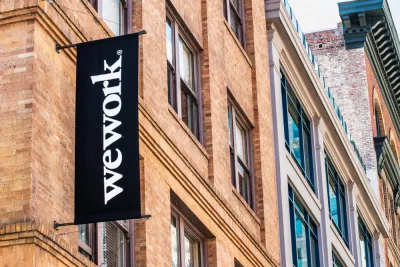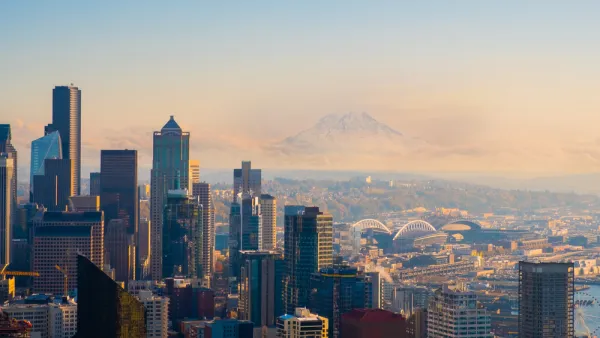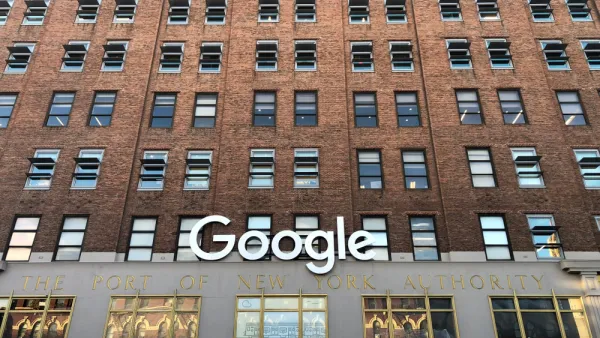WeWork isn’t dead yet, hoping to ride post-pandemic interest in flexible workspace to a comeback story for the ages. There are still cuts to be made, however.

WeWork continues to reduce its property inventory, announcing the latest in a string of closures since the beginning of the pandemic, but the news for the infamous office sharing company isn’t all bad.
“In a cost-cutting move, WeWork plans to close 40 U.S. underperforming shared office locations while seeking to capitalize on growing global demand for flexible workplaces in a bid to turn profitable,” according to an article by Andria Cheng for CoStar News. The company expects to contribute $140 million to its bottom line by closing the offices, according to Cheng.
“The closings add to over 240 full-lease exits and 480 lease amendments that WeWork had taken from the beginning of 2020 through the third quarter as the high-profile company focused on increasing profitability,” adds Cheng. On the other hand, the company is planning on opening 20 new locations globally this year, and the net impact of the recent closures only slightly lowers the company’s inventory compared to a year ago.
There are other signs that the company’s fortunes are headed in a more positive direction, according to the article, including a slowing rate of losses and increasing occupancy rates. Occupancy at the company’s consolidated locations are at 71 percent—up from 56 percent a year ago and the highest rate in two years.
While the media paid plenty of attention to the fall WeWork in 2019 (articles titled “the rise and fall of WeWork” as plentiful) and the company’s decline inspired a 2022 mini-series aired on Hulu, less coverage has been devoted to the pandemic’s surprisingly positive effects on the company. Here is sprinkling of media coverage tracking the narrative arc of the company in recent years.
- How to Explain the Rise and Fall of WeWork? (The New York Times; July 18, 2019)
- The Fall of WeWork: How a Startup Darling Came Unglued (Wall Street Journal; October 24, 2019)
- The Rise and Fall of WeWork (The New Yorker; November 6, 2019)
- Why WeWork went wrong (The Guardian, December 20, 2019)
- How WeWork Got Away With Spectacular Failure (New Republic; November 24, 2020)
- WeWork imploded in 2019. The pandemic brought it back to life. (NBC News; May 24, 2021)
More details on the current state of WeWork can be read at the CoStar article below.
FULL STORY: WeWork To Shut Down 40 US Underperforming Locations

Analysis: Cybertruck Fatality Rate Far Exceeds That of Ford Pinto
The Tesla Cybertruck was recalled seven times last year.

National Parks Layoffs Will Cause Communities to Lose Billions
Thousands of essential park workers were laid off this week, just before the busy spring break season.

Retro-silient?: America’s First “Eco-burb,” The Woodlands Turns 50
A master-planned community north of Houston offers lessons on green infrastructure and resilient design, but falls short of its founder’s lofty affordability and walkability goals.

Test News Post 1
This is a summary

Analysis: Cybertruck Fatality Rate Far Exceeds That of Ford Pinto
The Tesla Cybertruck was recalled seven times last year.

Test News Headline 46
Test for the image on the front page.
Urban Design for Planners 1: Software Tools
This six-course series explores essential urban design concepts using open source software and equips planners with the tools they need to participate fully in the urban design process.
Planning for Universal Design
Learn the tools for implementing Universal Design in planning regulations.
EMC Planning Group, Inc.
Planetizen
Planetizen
Mpact (formerly Rail~Volution)
Great Falls Development Authority, Inc.
HUDs Office of Policy Development and Research
NYU Wagner Graduate School of Public Service




























